All the big CEO’s and entrepreneurs will give you trite advice on their LinkedIn pages: you need to fail a lot in order to succeed a lot.
I can’t be too hard on anyone who wants to get this message out, because I had to hear it at some point too. Failure meant incompetence to me, not part of the path to success. But what if failures don’t stop? The “Learn How You Fail” apprenticeship pattern attempts to solve the problem of lingering failures despite increased success.
This is likely due to something you are repeatedly doing that causes the failures. Hone in on these behaviors, because changing them is the only way to stop failing. Furthermore, you may simply not be good at some things, and finding these things can prevent wasted time and effort.
A potential problem with this pattern is that a lot of failure is likely due to blind spots in our perception of ourselves, so it’s likely not easy to solve the problem of uncovering the cause of our failures. But as software developers, our skills in pattern recognition should be top notch. Carefully documenting your failures and how they connect should reveal the patterns.
A coworker asked me years ago what my chosen superpower would be. I answered that I would want to know everything. Omniscience. Besides briefly earning me the nickname “know-it-all”, this reflects my own desire to fix my unfixable flaws. Now, I do think significant effort should be put into things that you are especially bad at. But this pattern is a good reminder to let go of the things that you’ve tried to do and simply haven’t worked out.
Success is many cases is figuring out what you are good at, not about fixing all of your weaknesses. This is the reasons the US President has a cabinet, Congress has subcommittees, companies have divisions, and software team members have roles. We can’t all do everything.
My biggest issue with this pattern going forward will be striking a balance. There will always be a desire to learn as much as possible. Gaining more skill and broadening horizons may be tempting, but knowing when to give up in a specific area is the challenge. The CEOs who credit their success to past failures knew what to give up on within their chosen field. Almost always, this doesn’t mean choosing a brand new career; it means finding what you’re doing wrong in the current one.
From the blog CS@Worcester – Inquiries and Queries by James Young and used with permission of the author. All other rights reserved by the author.




